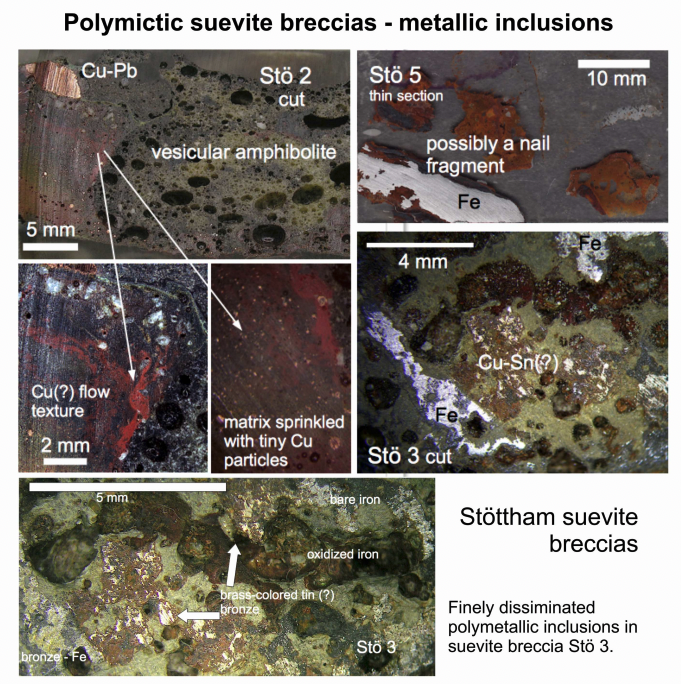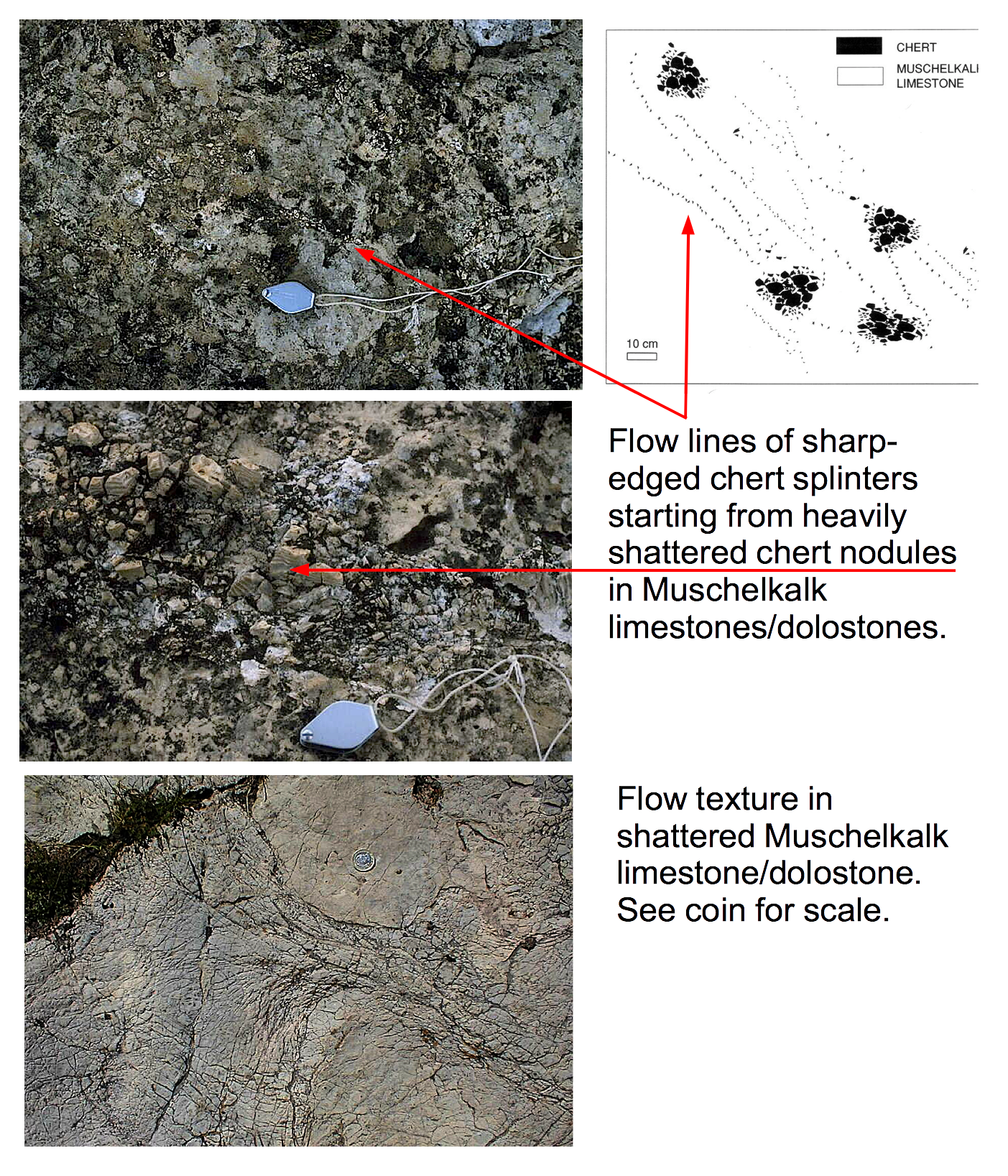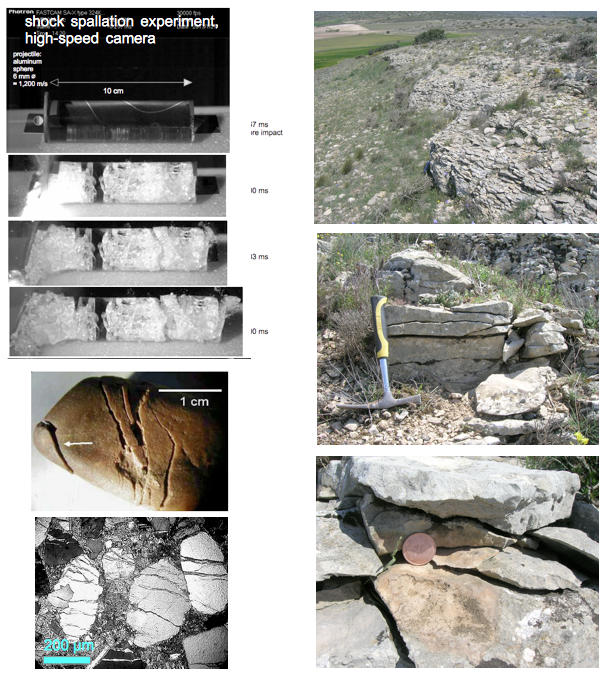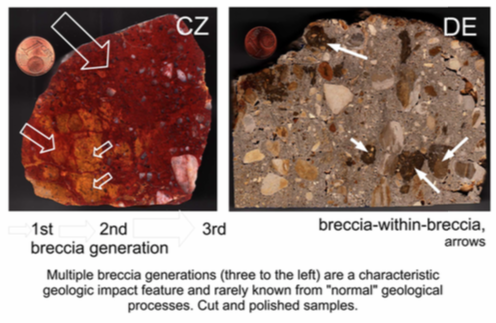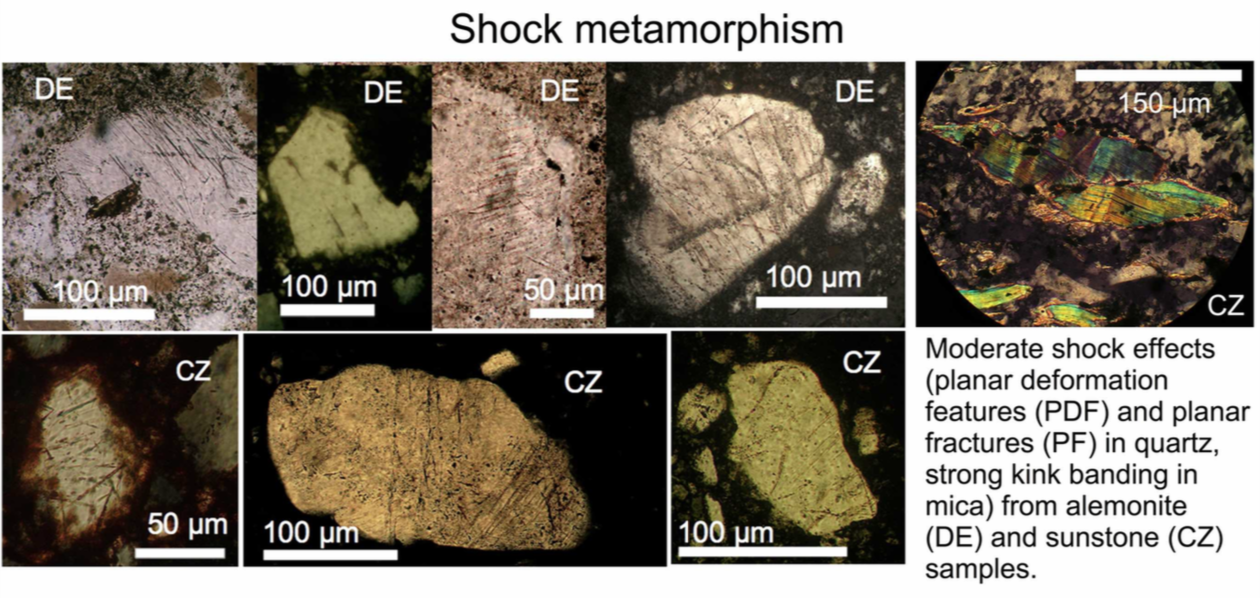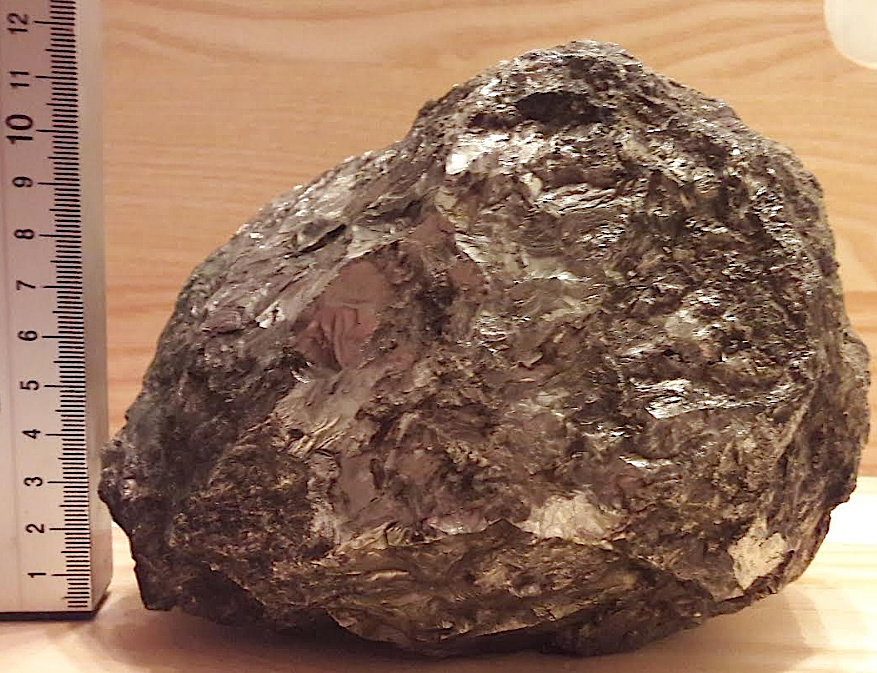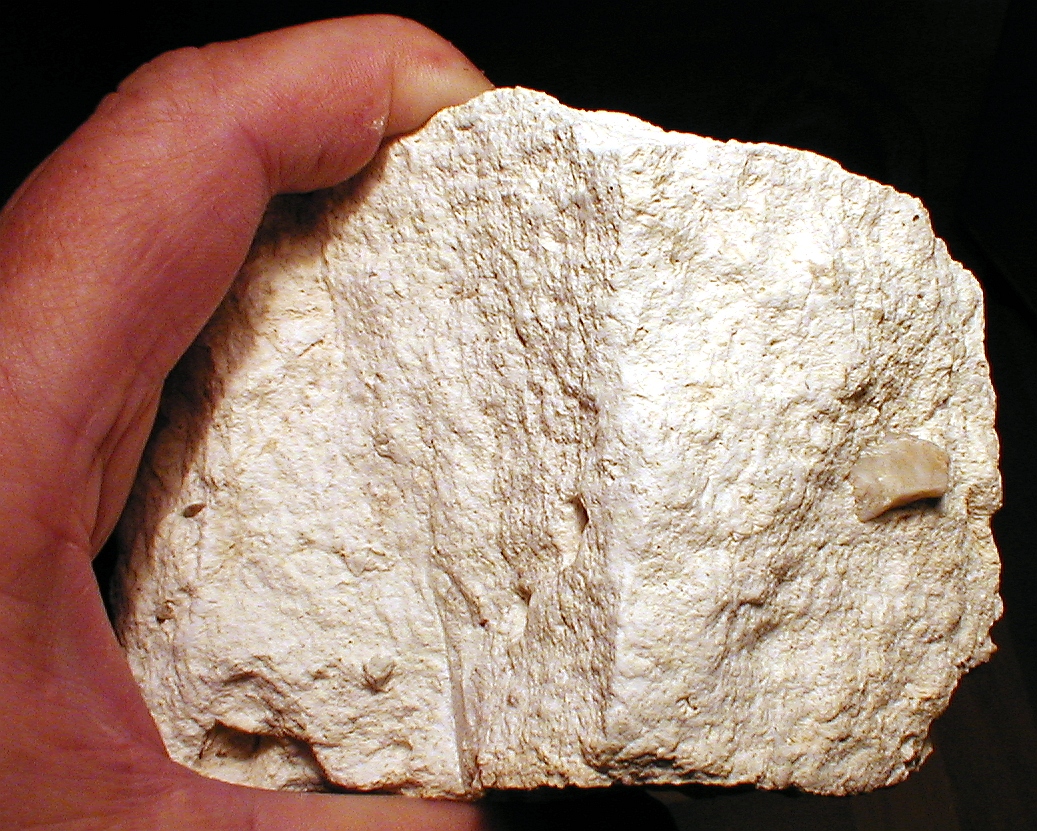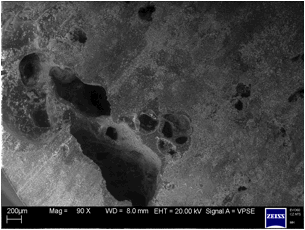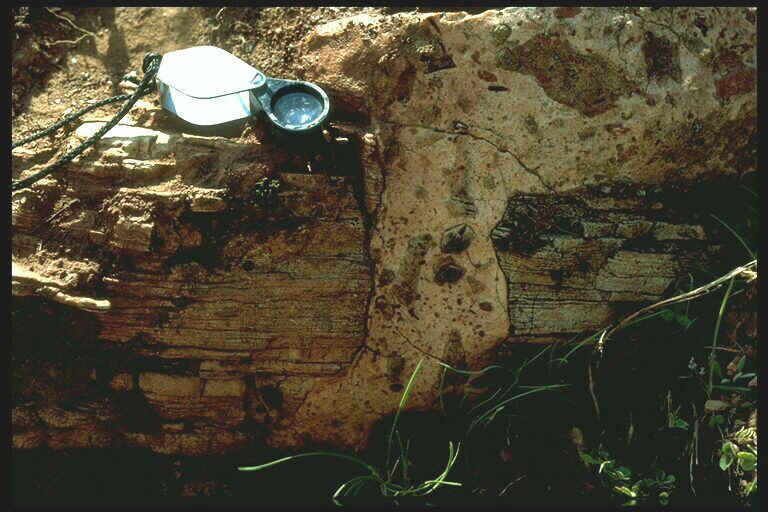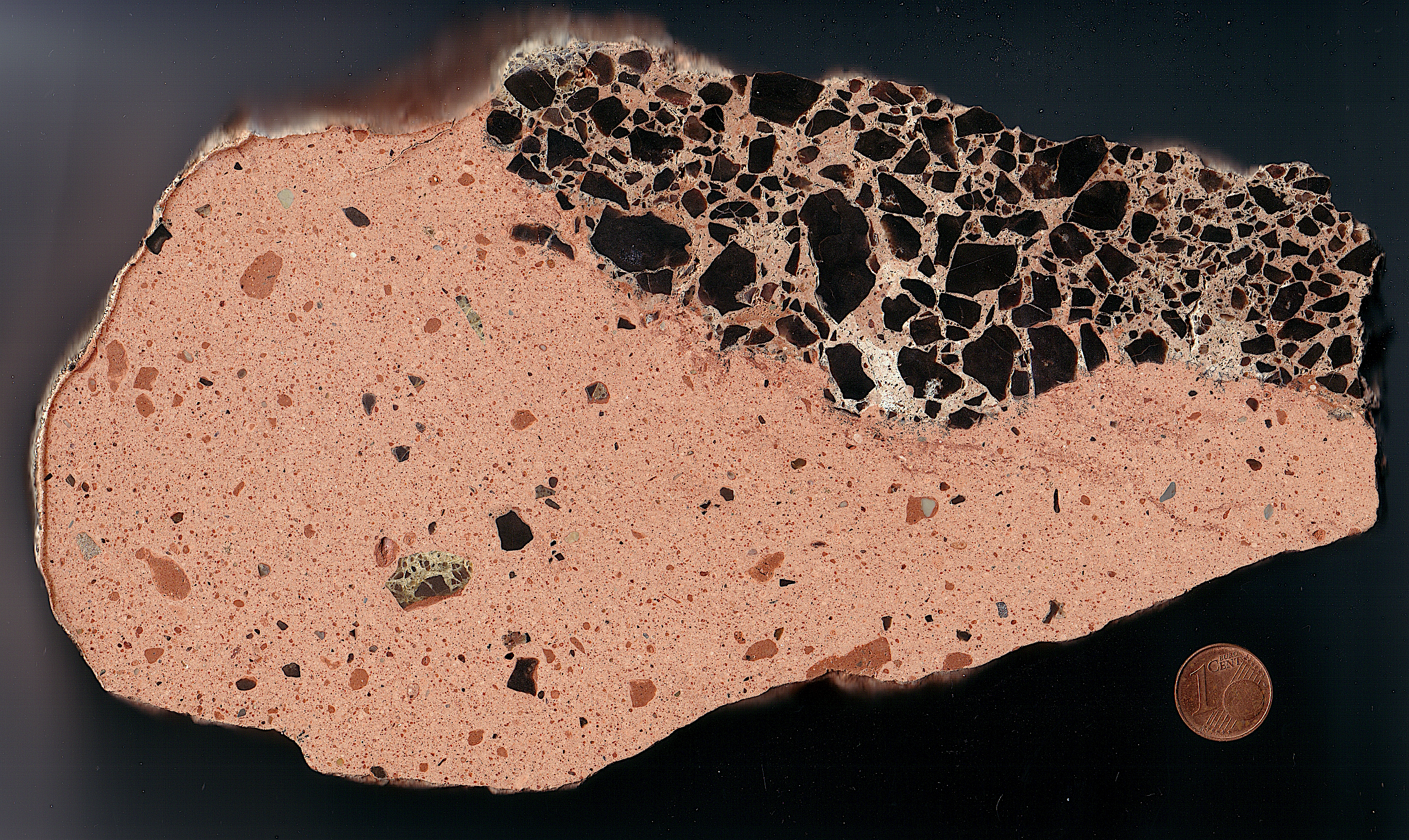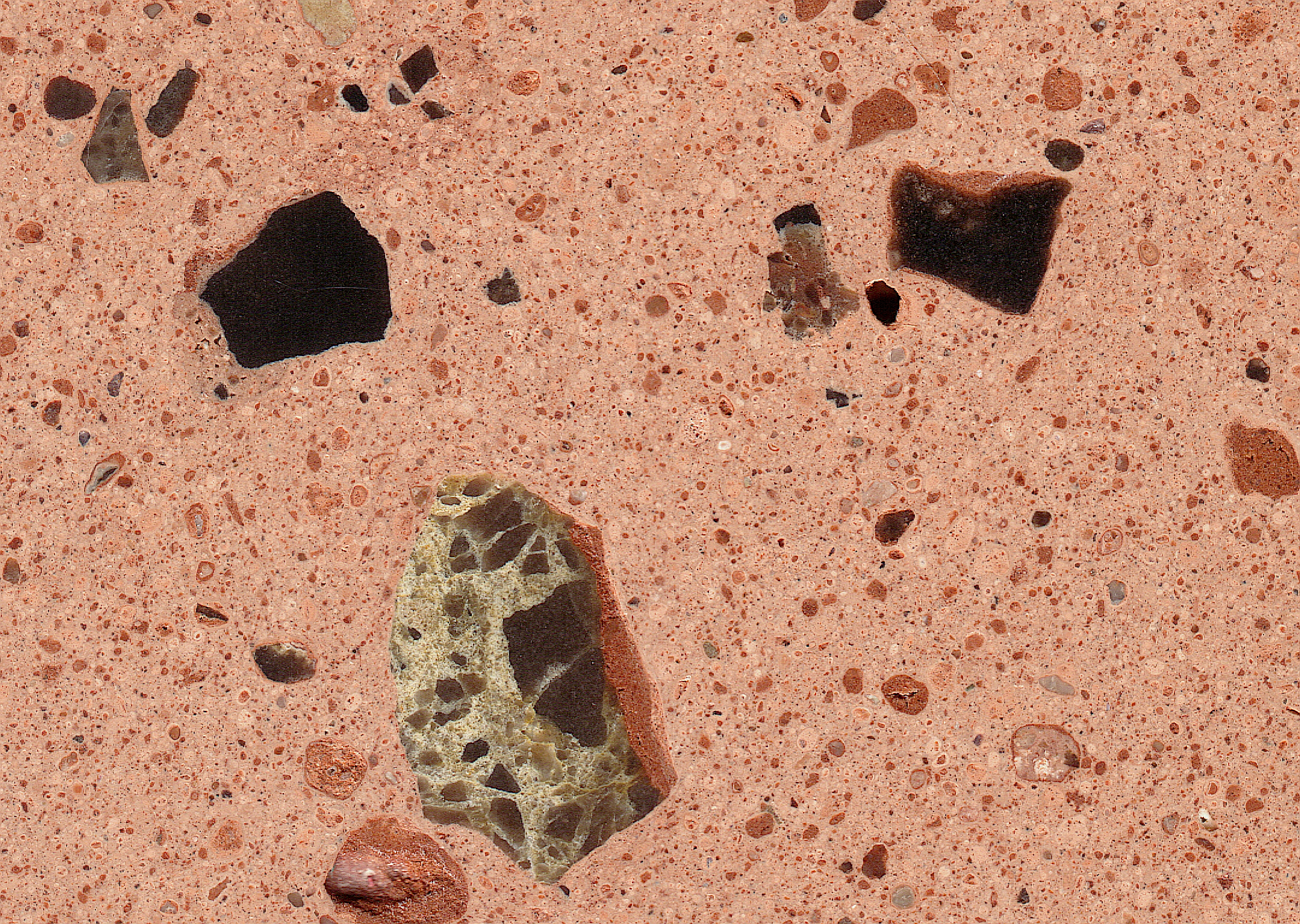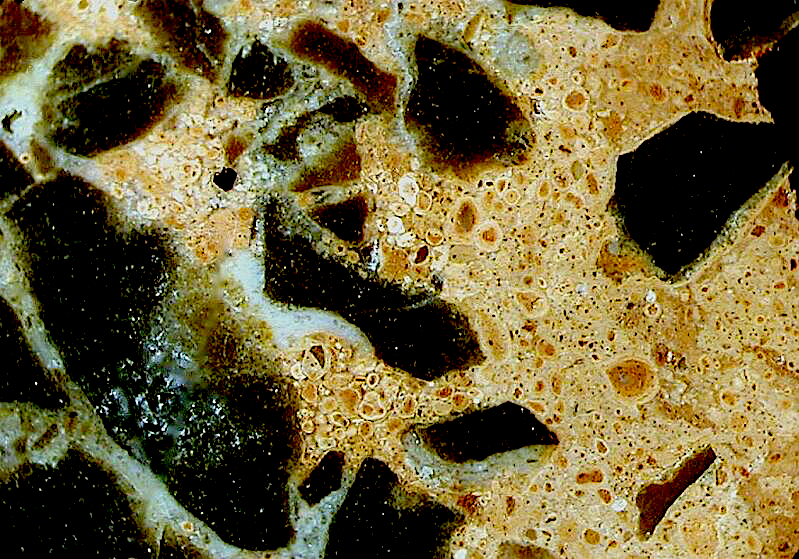
New article – (and LPSC 2022 contributions)
The Steinheim Basin, the Ries crater “double disaster” and the mistaken Steinheim crater diameter
by Kord Ernstson1 & Ferran Claudin2 (Febr. 2021)
Abstract. – The article, which we comment here, interprets sedimentological findings (seismite horizons) at a distance of 80 – 180 km from the two impact structures, the Ries crater and the Steinheim basin, to the effect that, contrary to the impacts at a distance of only 40 km from each other, which have always been assumed to be synchronous, the Steinheim basin is supposed to be several 10 000 years younger than the Ries impact. This is against all probability, but because of the purely statistical impact events, it cannot be completely ruled out. This article therefore does not criticize the statement itself, but refers to equally probable alternatives that have not been considered, as well as to a lack of literature citations. The article loses its fundamental significance to the point of the simple alternative: it may be, but it also may not be, a finding without recognizable importance. A major point of criticism of the article is the common practice in the impact literature of suppressing the diameter of the Steinheim impact structure, which at around 7-8 km is actually twice as large, as it was proven almost 40 years ago by detailed morphological analyses and gravimetric measurements and published in a renowned journal. Since the size of the Steinheim Basin is included in the estimates for the formation of the seismites, it must be stated that the authors started from partly false premises. Here, the findings on the much larger Steinheim impact structure, which cannot be explained away, are presented again, combined with the wish to deal with scientific findings more honestly.
__________________________________________
1 University of Würzburg, 97074 Würzburg (Germany); kernstson@ernstson.de; 2 Associate Geological Museum Barcelona (Spain); fclaudin@xtec.cat
A PDF of the complete article may be downloaded here.
Continue reading “The Steinheim Basin, the Ries crater “double disaster” and the mistaken Steinheim crater diameter”






































































